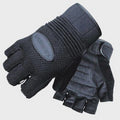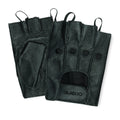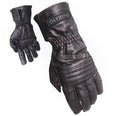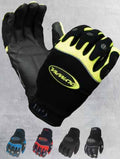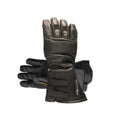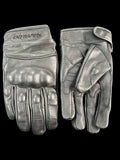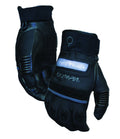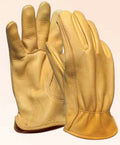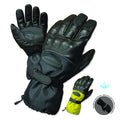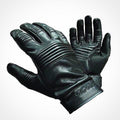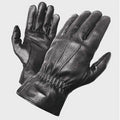Glove Manufacturing Resource: What Goes Into The Cost Of A Glove?
Posted by ROGER HEUMANN
Here’s a question we get asked: how come one beautiful glove costs $20, and another “similar” one is twice that?
It’s a really important, basic question, with a pretty simple answer.
To answer it, we’ll begin by looking at how a target glove cost is determined —
Then, examine the key factors that impact glove costs during development:
more
How To Make Gloves: Start With a Retail Price Target
If you’ve been buying gloves – or any category, for that matter – you already know how to work cost in reverse.
- Start with SRP (suggested retail price)
So now we have a target cost. What’s next?
Factory Price is Divided into 3 Basic Cost Buckets
Cost is not just one number. There are lots of variables that effect it, and 3 basic variables in particular that need to be managed:
1. Materials
You can manage materials cost by:
– selecting similar materials of lesser cost,
– manipulating how much material is consumed to maximize yield, and
– buying opportunistically.
2. Labor
You can manage labor cost and efficiencies, by:
– placing production in the right factories — i.e., factories that have specific expertise
with the exact thing you want to manufacture, to minimize learning curve and maximize efficiency.
3. Overhead and Profit:
The factory needs a sufficient profit to cover overhead and the cost of capital after expenses. These items are generally not variable, but shouldn’t be excessive.
Why Transparency Is Important
Many manufacturers resist sharing costs, … but in our experience, transparency makes for a better result.
Understanding what each component adds to your cost sheet is the first step to managing the overall number, getting the glove you need, and hitting a retail price.
For instance,
- For one glove a 50-cent goggle wiper might be essential.
- For another, it is a nice extra, but saving that 50 cents means you can enhance the overall value of the glove by placing that cost elsewhere.
- For a third, it might make more sense to lower the retail.
Having a grasp of cost details makes for smarter decisions all around… and not enough manufacturers take the time to really explain what goes into the cost of a glove.
Your Turn: What questions do YOU have about how to make gloves?
If you like this post, you might also like:
And if you have a particular glove challenge or solution you’d like to discuss, call or click below to get in touch!
TAGS:




